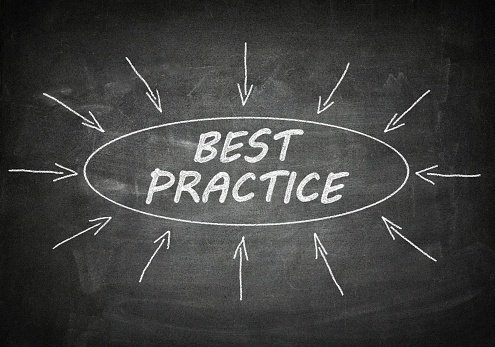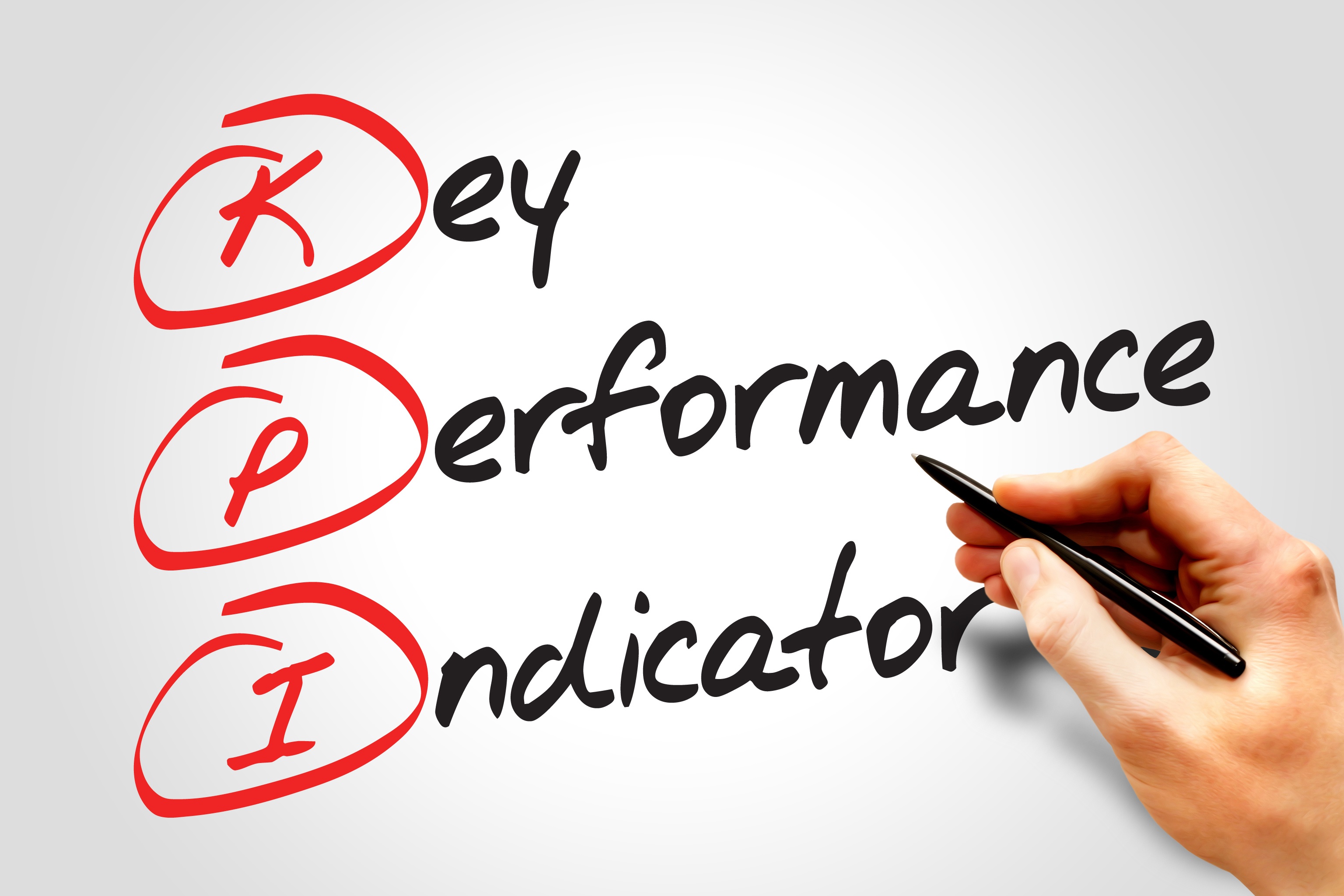Over the years I’ve worked with nonprofit organizations of every size and shape. During that time I found that there are a few best practices that every nonprofit needs to follow in order to achieve consistent success in fundraising. I’ve whittled that list down to 10.
1) Measure Everything—Set Performance Goals
HubSpot has a great blog post titled “The Most Important Tool in Every Nonprofit’s Fundraising Toolbox.” That tool is measurement. Bottom line, measurement helps you set realistic performance goals. This is then followed by determining your success or failure, allocating funds and effort to achieve the best return, justifying further investment, and making needed adjustments.
2) Develop a Fundraising Action Plan—Document and Communicate
Use those measures and performance goals to set the basis of your fundraising action plan. This will help you set up all the actions and tasks required to fulfill your plans. It is also the tool needed to communicate to board members and staff what’s going to be required of them. They all need to know where things stand.
3) Follow a Comprehensive Fundraising Strategy—It Works Best
A comprehensive strategy can provide a stable source of funding across a wide mix of revenue sources. This will provide a financial base that can be relied upon. And it can prove to your supporters and donors that you have your act together as a nonprofit business entity. They will, as a result, feel more confident in providing you with that first donation or continuing and expanding their current level of support. See our white paper “Why a Comprehensive Fundraising Strategy Works Best.”
4) Relentless Communication—Make Your Communication Personal
Why should anyone donate to your organization? Tell your story and make it pull the heart strings of your supporters and donors. I suggest reviewing our blog post titled “Why Donors Give.” It’s all about acting from the heart or from the head. That includes personal experience, social influence, making a difference, and personal benefit. Tap these with your communication program across all your channels: website, social media, telephone, and direct mail.
5) Telephone and Direct Mail—Your Most Productive Fundraising Channels
Here’s our quote from “Typical Response Rates for Direct Marketing Efforts”: “Yes, it’s true that email is cheap and can provide a good ROI. And many of the other digital channels offer similar returns. However, if you’re looking for high response rates, telephone campaigns followed closely by direct mail out perform all other channels—combined. Make telephone and direct mail a key part of your fundraising.
6) Optimize Your Website—All Roads Lead to the Donate Page
Your communication program and messaging will primarily focus on getting donors to your website for donations. The donate button needs to be everywhere. You also need to minimize the number of steps needed to make a donation and make it mobile compatible. Be where your donors are, which is on their smartphones.
7) Planned or Recurring Gifts—Establish Giving Levels
Once donors are on your website, never miss a chance of checking a box to continue their donations and support or increasing the amount they give. That includes signing them up for monthly, quarterly, or annual donations. It also includes setting up giving levels, such as gold, silver, etc. This motivates them to give more for your cause.
8) Seasonal Campaigns and Year-End Giving—Donate Now
Seasonal campaigns add interest that can harmonize with your cause or organization around special dates or seasons. Plus, year-end giving, including #GivingTuesday, can take advantage of the tax deadline that hits everyone at the end of the year. These are great motivators to get people interested in giving and doing it now, rather than later.
9) Optimize Your Fundraising Software—Train Everyone How To Use It
We discussed this on our nonprofit blog in “The Best Online Marketing Software for Nonprofits” and “A Rundown of the Best Nonprofit Fundraising Software.” So make sure you acquire the best software for your organization. But the task doesn’t end there. You need to have everyone trained and using the software to grow your fundraising. Just installing it doesn’t get it done. Training and using it is critical.
10) Say Thank You Every Chance You Get—Donors and Staff
Use emails, personalized thank you cards, gifts, and social media posts to truly say thanks to your donors. They will appreciate your efforts and it will go a long way towards saying that you really appreciate their support. Your staff will appreciate being recognized for their efforts as well.
Bonus—Don’t Overstretch Your Team
Measuring results and setting performance goals can really help your organization find and meet its goals. However, if your goals are too much for your team to realistically accomplish, it will lead to staff burnout. Perhaps even worse, it will also lead to disappointment for your donors and volunteers because you won’t be able to deliver on your promises.
Campaign Now Can Help
If your team is over stretched, Campaign Now can help. We bring years of experience and a broad range of expertise to developing and implementing fundraising campaigns. We can run a turnkey campaign, provide services to support your own efforts, and/or provide consulting insight into all aspects of your fundraising efforts.
Give us a call and let's discuss how we can help.
Contact us at (855) 329-4327 or info@campaignnowonline.com.





